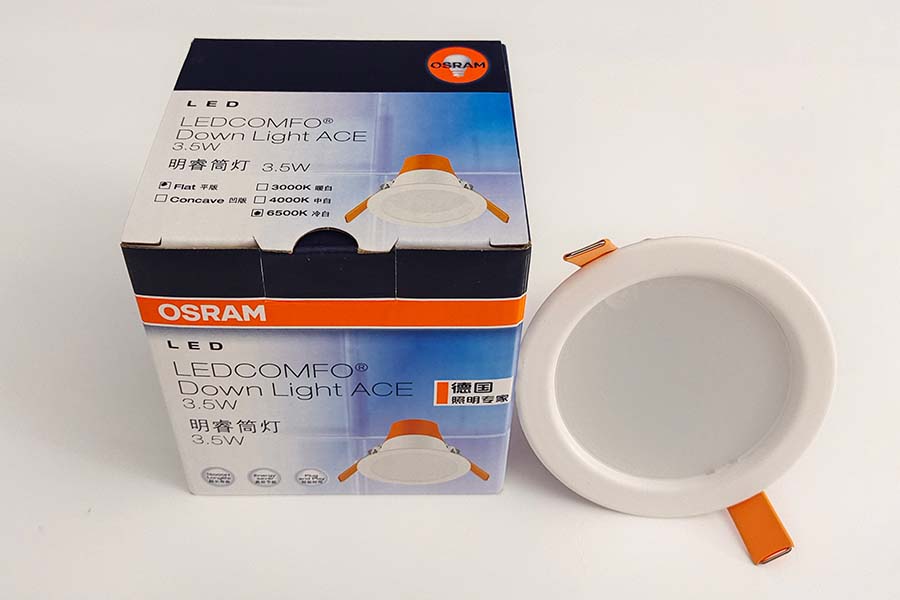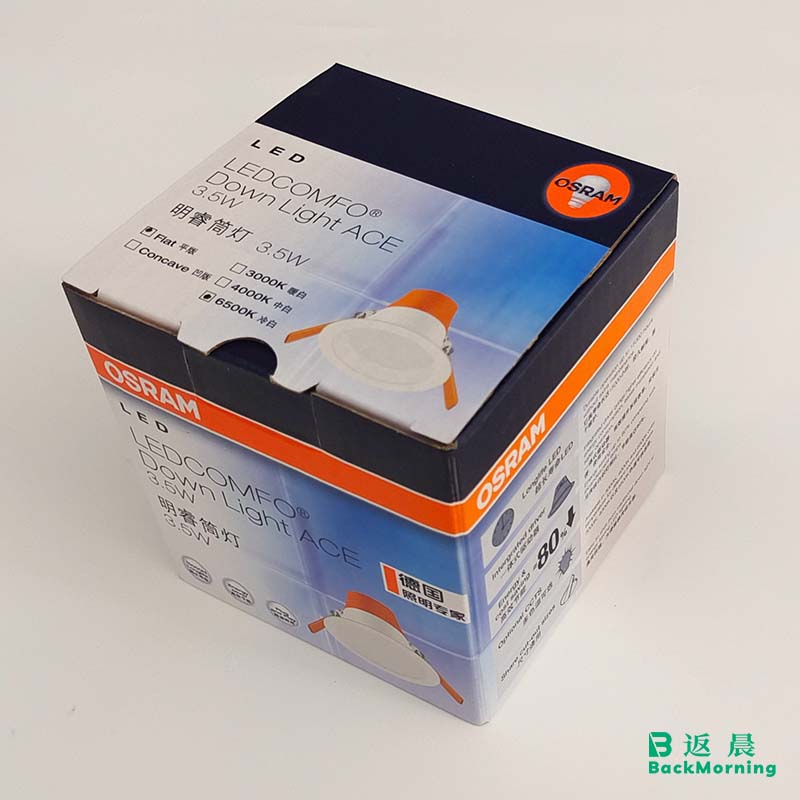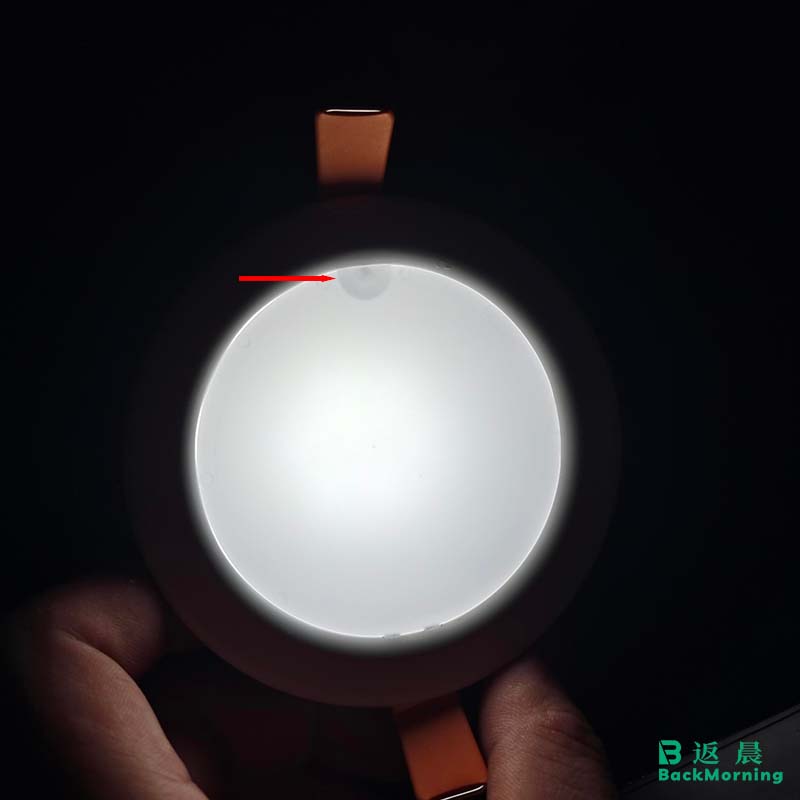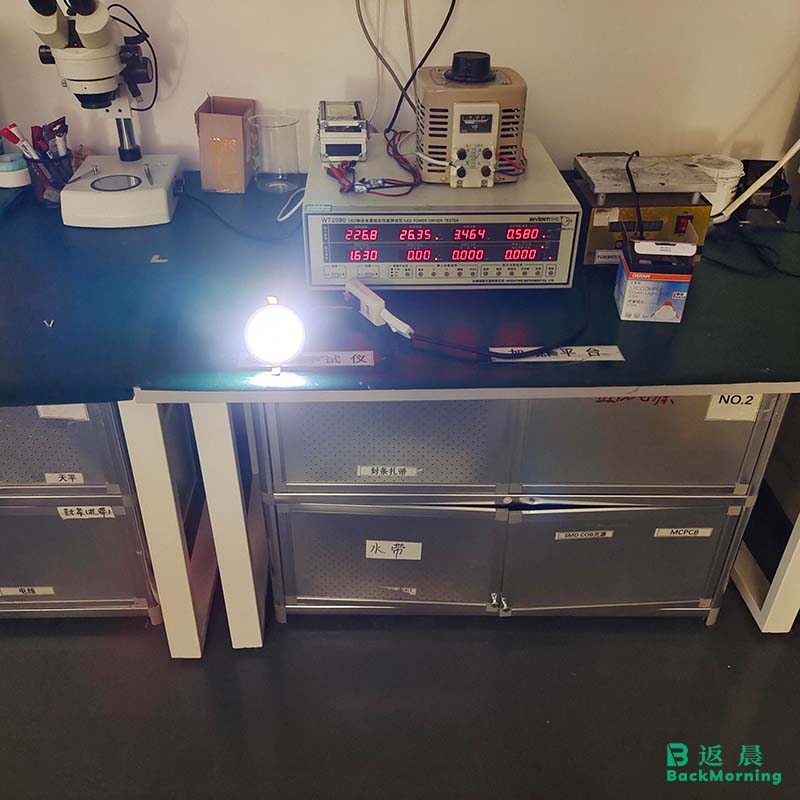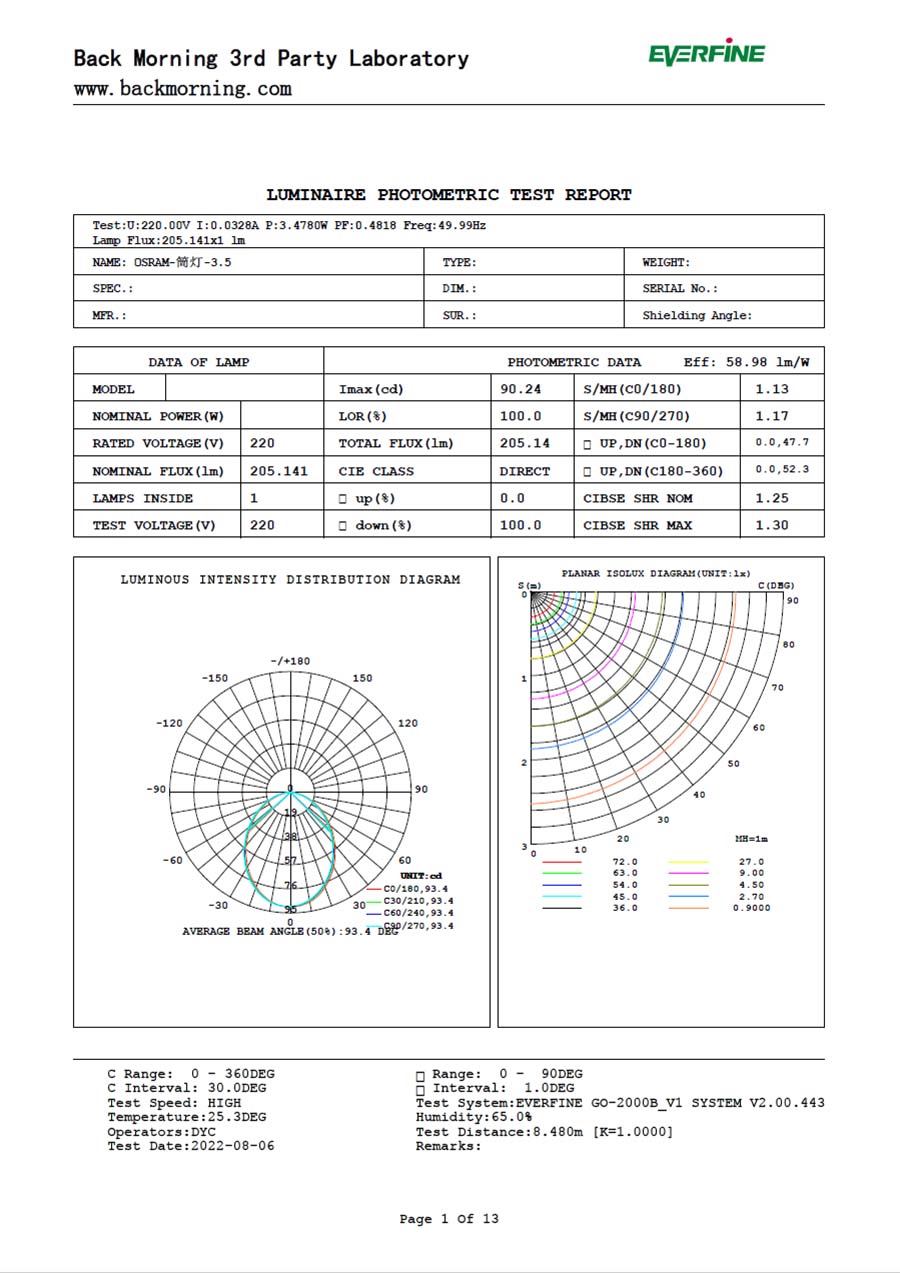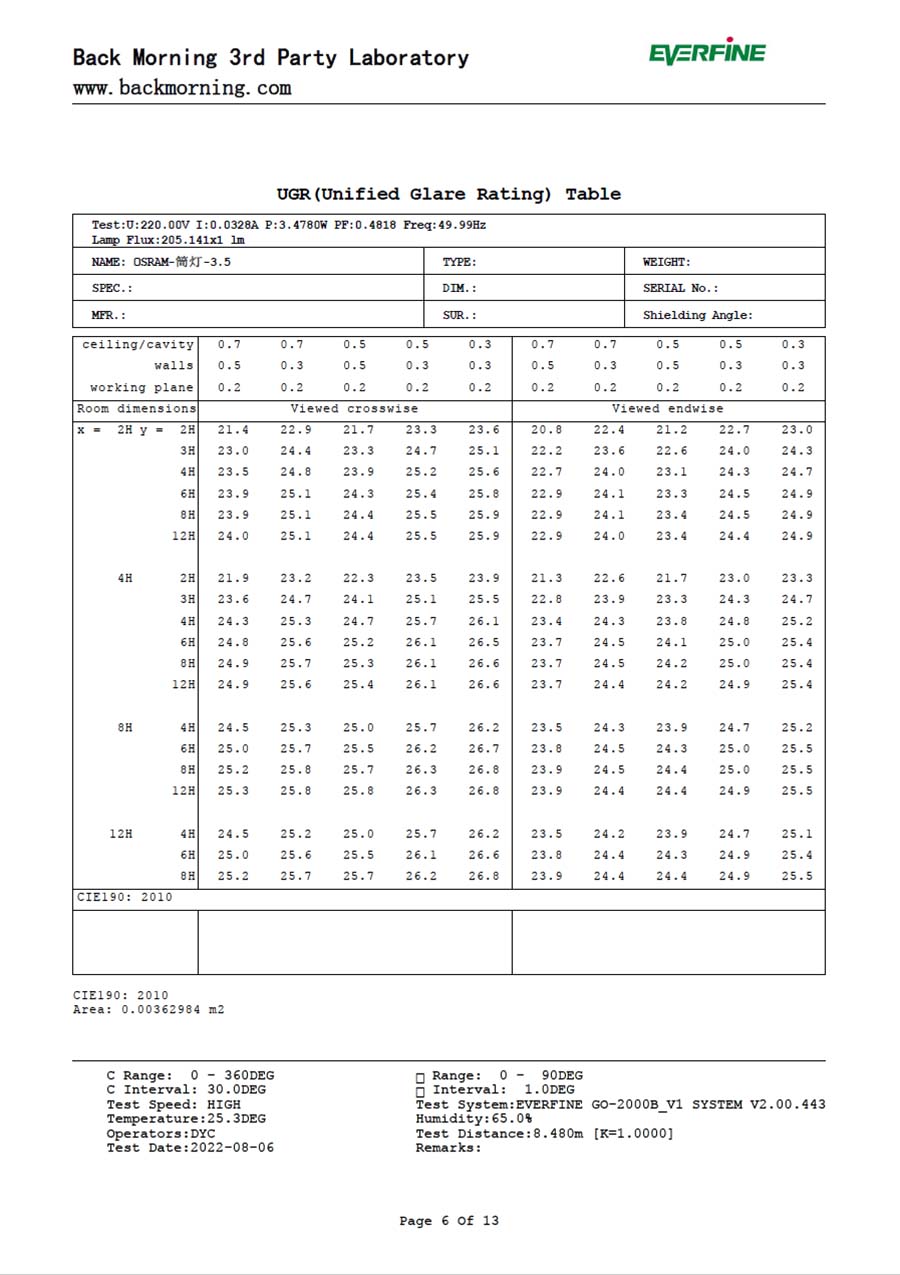LED downlights are one of the most popular LED lights for indoor applications.
The demand has increased for various reasons, mainly energy saving, and long life spans.
You can find LED downlights everywhere from homes and offices to schools and factories nowadays.
They are in use for general lighting, task lighting, and even decorative purposes.
The demand for LED illumination is increasing day by day because of the following benefits they offer:
LED downlights are widely appreciated for the advantages which they bring to us.
These types of lights are available on the market with a number of features and capabilities.
The main idea of using these lights is their function and durability which the users find impressive.
Sometimes it’s not easy to determine which LED downlight to buy.
There are just too many of them.
And the commercials of various brands are overloading excessive information.
This can make users feel even harder to make buying decisions.
One of the easy solutions is to choose from those reputable brands.
The Osram brand is one of the most famous brands in the lighting market.
They were one of the first to create some of the most widely used models.
Will the downlights of this brand live up to your expectations?
Better not to guess.
And let’s get a sample to dig deep into the details.
Below is some basic information about this sample.
- Model: Osram, LEDCOMFO DL ACE 3.5W 6500K FL CN
- Specifications: 3.5W, 6,500K, 180 Lumens, 220V – 240V
1. First Thing to Consider Before You Buy
Usually, recessed LED downlights are installed on the ceiling.
And they are inserted into those holes and wires are hidden inside.
- Therefore, it’d be better to prefer good quality over lower sales prices.
Because it will require skills and experience to a certain extent to repair or replace.
Moreover, you will need a ladder or chair in case you need to install or replace them.
This is not difficult, but obviously not convenient.
We’d say quality should be one of the first things to consider when you buy LED downlights.
- That means you won’t have to maintain or even replace them once you finish the installation.
- Especially, it’s common to install multiple LED downlights on the ceiling, rather than only one.
- So, it’d be better to minimize the risk of issues due to lower quality.
2. First Impression on Overall Design
1). Product Material
The housing of the Osram downlight sample is made of aluminum.
- You can feel a kind of weight when holding it in your hand.
As we know that good heat dissipation is important for the lifespan of LED lights.
And aluminum is of the materials most commonly used for heat sinks.
- This Osram downlight has a solid foundation for a long life span.
2). Appearance
Meanwhile, this downlight has a unique Osram ID design.
It’s the type of design philosophy Minimalism.
You can’t see it after installation.
But it’s good to know if this type of design is usually what you prefer.
3). Minor defect visible by naked eyes
If you check the downlight and you will notice there is a small shadow spot on its lens.
And when we light the sample up, the small spot is still visible if we check it in our hand.
However, if we check it again at a distance of about 1 meter away, the spot is no longer noticeable.
- This is a minor visual defect that needs improvement.
- But quite sure you won’t be able to notice it after installation.
After the first impression, then we come to the 2 fundamental parts.
They are the electrical performance and the spectrum test.
We use professional instruments to test the sample.
And we obtain some important parameters.
Both the instruments and test methods are common practices for some other household names.
3. Voltage Range
First of all, we need to verify the sample’s performance under its working voltage range.
It’s essential to make sure the light will work properly within a certain voltage range.
- The power grid has a dynamic power supply within a certain range.
- Rather than a constantly fixed value.
- So, the bottom line is that the downlight must work properly within the voltage range.
That means it won’t flick when the input voltage rises or drops within its rated range.
And we also must not use the lights, which go off completely when the voltage changes.
| Voltage range | 220 - 240V |
| Flickering & blackout | No visible flickering or blackout by naked eyes |
- As for the Osram sample, it doesn’t flick within its applicable voltage.
- And it stays on constantly, without visible flickering or blackout.
That means it is good within its rated voltage range.
4. Spectrum Test
In fact, the human eye can only distinguish a limited range of light.
- Many details regarding the quality of light can’t be seen.
- Therefore, it’s not accurate or even unreliable to judge the quality of lights simply by naked eyes.
You will need some sophisticated instruments to obtain fundamental data for analysis.
An integrating sphere is one of the useful instruments for evaluating the quality of light.
Below are the spectrum test results at 1 minute and 30 minutes respectively.

Here you can see there are various numbers defining the quality of light.
But you also need training, skills, and experience to understand those numbers.
Now they may look overwhelming for you, but no worries.
Next, we are going to explain the meanings of these numbers.
And we will talk about the 5 critical values one by one.
| Rated Values | Tested Values at 1 min. | Tested Values at 30 min. | |
|---|---|---|---|
| Total Lumen | 180LMS | 208.59LMS | 200.24LMS |
| Wattage | 3.5W | 3.51W | 3.44W |
| Ra | N/A | 86.2 | 86.6 |
| CCT | 6,500K | 6,482K | 6,636K |
| LM/W | N/A | 59.14 | 58.21 |
1). Total Lumen
If you have experience in searching for lights, you may have heard the term “lumens”.
Lumens are a measurement of the amount of light that an LED light produces.
Simply put, the more lumens, the brighter your light will be.
The most important meaning of total lumen is not the number itself.
But the comparison between different Lumen values.
- For example, the tested value and the rated value.
- Another example, the tested value and your target value.
Here we can see that the sample produces:
- 208.59 Lumens at 1 minute, which is about 15.9% more than its rated value 180 Lumens.
- 200.24 Lumens at 30 minutes, which is about 11.2% more than its rated value 180 Lumens.
The sample produces more light than its rated value.
That means it is brighter than it claims to be.
- Similarly, it offers more value than its promise.
- That’d be a great choice to pick from this point of view.
2). Wattage
Wattage used to be the sole number to indicate how bright a light was.
And today it is still the foundation for evaluating the performance of LED lights.
Usually, we need to verify whether the tested value is the same or close to the rated value.
- The rated value for this Osram light bulb is 3.5W.
- The tested value is 3.51W, measured at 1 minute.
- The tested value is 3.44W measured at 30 minutes (2% less than its rated value).
We can conclude that this sample offers great accuracy for its actual wattage.
This is very helpful for estimating real lighting costs, if this is important for your buying decisions.
3). LM/W
The lumen to watt ratio indicates the energy efficiency of the LED lights.
It indicates how much light is produced per Watt of energy used.
A bigger value of LM/W indicates the LED light is more energy efficient.
And you will be able to save more money if you install more of them.
Particularly, for those LED lights with bigger Wattages.
Osram doesn’t not show this parameter on their sales package.
But we can obtain a theoretical value by calculating what they’ve offered.
- “Total Lumen / Wattage” = 180 Lumens / 3.5W = 51.4
Next, let’s compare the theoretical value and their actual ones.
- The 1st number we got is 59.14 LM/W at 1 minute.
- And the 2nd value is 58.21 at 30 minutes.
We can see the actual energy efficiency is higher than the theoretical one.
It can be considered a great result.
4). Ra
Ra is important when you compare different light’s color rendering performance.
Especially when revealing the colors of objects is critical for your applications.
- Generally speaking, a bigger value of the color rendering index means better quality of the LED light.
Osram doesn’t indicate this value on its package box, but we can test the sample.
- The tested value is 86.2, measured at 1 minute
- And the value is 86.6, measured at 30 minutes.
This downlight has quite good performance regarding color rendering.
5). CCT
CCT is another important parameter for evaluating LED lights.
It’s the concept relating to how “warm” or “cool” the tone of light from an LED light is.
It’s measured in the Kelvin unit.
And common CCT values are between 2200 Kelvin degrees and 6500 Kelvin degrees.
- The rated CCT value of this GE LED light bulb is 6,500K.
- While the tested CCT value is 6,482K, measured at 1 minute
- And 6,636 K, measured at 30 minutes (about 2% more than the rated value).
We can conclude it offers great accuracy for its color temperature.
5. Conclusion
This Osram LED downlight can be considered a great choice for indoor applications.
- It offers great performance regarding brightness, energy efficiency, color rendering, color temperature.
6. Additional Test Results
As mentioned above, the quality of light is to be measured by a series of parameters.
The parameters already explained above are just part of them.
We’ve done additional tests to reveal the quality of this sample.
To keep this post short, we have not listed them all.
But we are going to show you the results as screenshots of the reports below.
Hope these tests help you deeply understand the quality of LED lights.
Feel free to contact BackMorning if there are any questions to answer.
Last but not least, it’s always more than happy to do more reviews on LED lights.
That’d be helpful for people to make good buying decisions.
What do you think about this review?
And which LED light you wish to know in our next review post?
Please leave us a comment.
And we will be happy to test and review it.
Thanks for reading!
Related posts:
 9 Practical Buying Tips for LED Streetlights
9 Practical Buying Tips for LED Streetlights
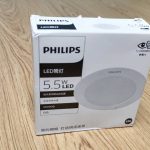 Spectrum Test for Philips LED Downlight DN190B 5.5W
Spectrum Test for Philips LED Downlight DN190B 5.5W
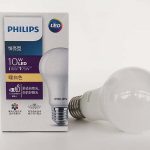 LED Light Bulb Quality – Review on Philips E27 10w BPZ1000-930E27
LED Light Bulb Quality – Review on Philips E27 10w BPZ1000-930E27
 Test and Show High Quality Streetlight T12A-2 – Shape and Structure
Test and Show High Quality Streetlight T12A-2 – Shape and Structure
 Misunderstanding When Sourcing Backlite Panel Lights
Misunderstanding When Sourcing Backlite Panel Lights
 LED Strip Lights’ Quality, how to test in a professional way?
LED Strip Lights’ Quality, how to test in a professional way?

